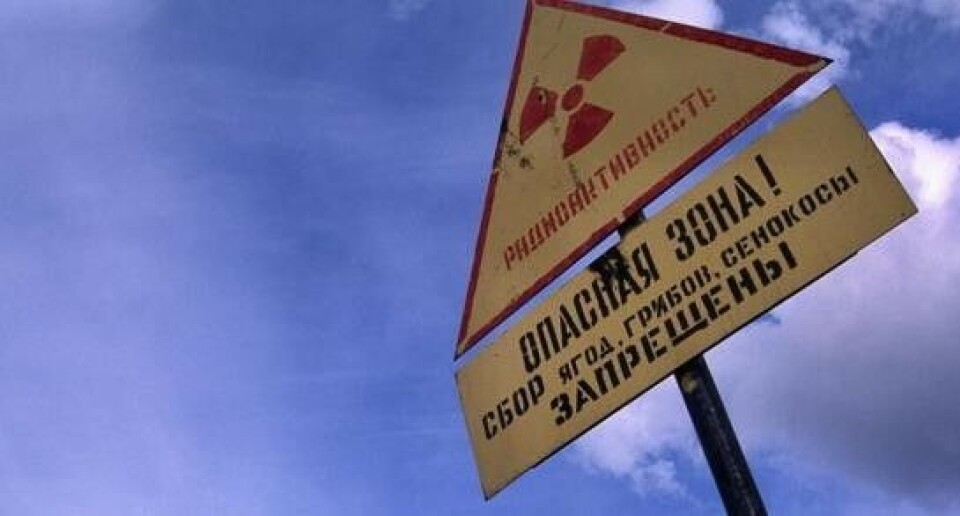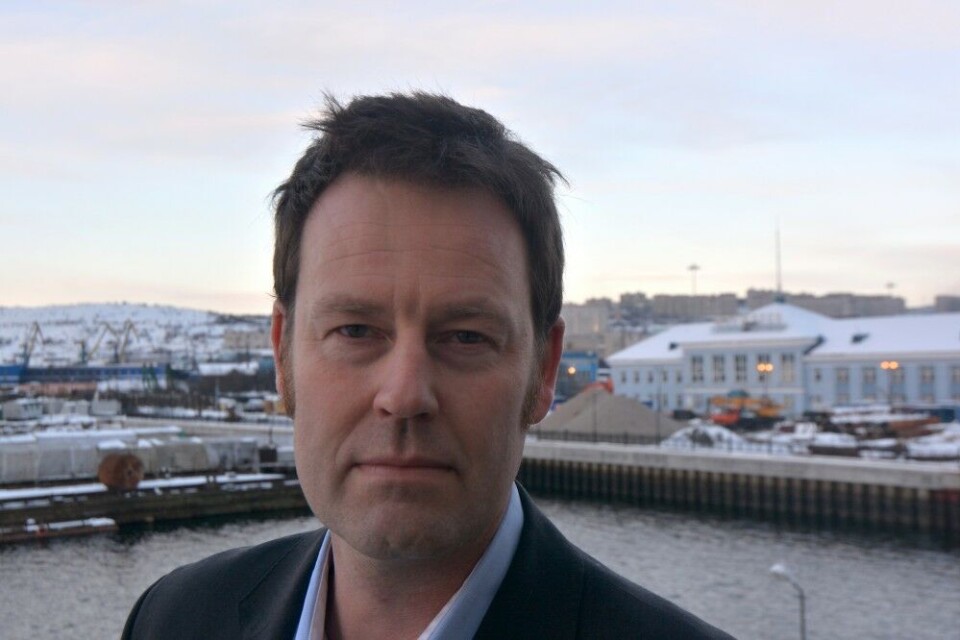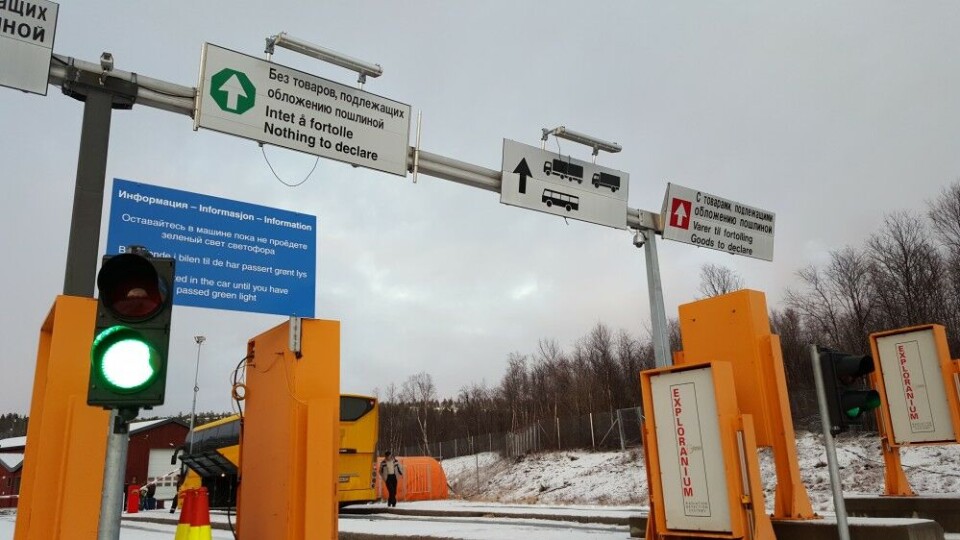
Russia develops new nuclear battery for remote Arctic
“What the world doesn’t need right now are more remotely located radioactive sources that could be stolen by terrorists and used in dirty-bombs,” says Nuclear Physicist Nils Bøhmer.
It is a team of scientists at the former nuclear weapon production site in Zheleznogorsk in Siberia that heads the project aimed at producing batteries generating electricity from a Nickel-63 (Ni-63) source, reports RIA Novosti.
Ni-63 can only be produced from natural existing Ni-62 in a reactor followed by enrichment in gas centrifuges. The Siberian Mining and Chemical Combine in Zeleznogorsk (formerly Krasnoyarsk-26) together with the Electrochemical Plant in the same town will produce the radioactive isotope.
With a half-life of 100 years, the isotope will function as a good power source for at least 50 years. That makes it suitable for providing electricity to sensors, monitors and other equipment located in hard to reach locations and under extreme conditions.
Like in the Arctic, according to the manufactures.
“These batteries will be useful for the operations of electrical equipment, including for developments of projects in the Arctic, as well as for space operations and robotics,” RIA Novosti reports.
Nuclear lighthouses
Nuclear batteries are nothing new. During Soviet times, around 1,000 so-called RTGs (Radioisotope Thermoelectric Generator) were used to produce electricity for installations in remote areas, like lighthouses on the coast and radio transmitters in mountain areas. Those RTGs had a Strontium-90 (Sr-90) source from where the heat operated a generator providing the electricity.
Sr-90 is both a highly radioactive source and deadly toxic. There where several examples of lost RTGs and Sr-90 sources in unsafe conditions used at lighthouses in the Arctic. Therefore, Norway together with Russian authorities teamed up and started to replace such radioactive batteries with solar panels on the lighthouses. 180 Sr-90 batteries were collected from the shores of the Barents- White- and Kara Seas on Russia’s northwestern corner. All financed in partnership with Norway’s Action plan on nuclear safety.
Ni-63 is easier to shield than Sr-90 since it is a beta-emitter and has no gamma radiation. It does not pose such a threat to the environment, but in wrong hands, the source can be a deadly weapon.
Bellona is worried
Russia’s plans to start using nuclear batteries again in remote areas in the Arctic worries Nuclear Physicist Nils Bøhmer with the Bellona Foundation in Oslo.
“What the world doesn’t need right now are more remotely located radioactive sources that could be stolen by terrorists and used in dirty-bombs,” he says pointing to the fact that the more remote such sources are used, the less likely it is for good security.

The news about Russia’s plans to use nuclear batteries in remote Arctic locations comes at the same time as world experts on non-proliferation meet in Washington D.C. for a major nuclear security summit. More than 50 nations attend, including Norway.
Russia, however, is boycotting the summit amid tensions with the United States.
Moscow’s non-presence is regarded as a major setback in U.S.-Russian nuclear safety and non-proliferation work that has developed over the past quarter of a century.
Radioactive terror
The rising fear, after months with mass-casualty terrorist attacks like the ones in Paris, Beirut, Baghdad, Ankara, Istanbul, Brussels and Lahore, is that groups like Islamic State could get access to radioactive sources that could be used in so-called dirty-bombs. Even the fear of such radioactive terror, scares the whole world.
IAEA Chief Yukiya Amano says in an interview with the Washington Post on Wednesday that the threat of groups such as the Islamic State obtaining nuclear materials is real.
Nils Bøhmer with the Bellona Foundation says radioactive sources like the ones Russia is planning to use in the Arctic is dangerous if used in a terror bomb. The isotopes would then be spread by air and could cause harm to humans that breath the contaminated air.
“Not least to talk about the fear of radioactive contamination such bomb could cause,” Nils Bøhmer says.

















